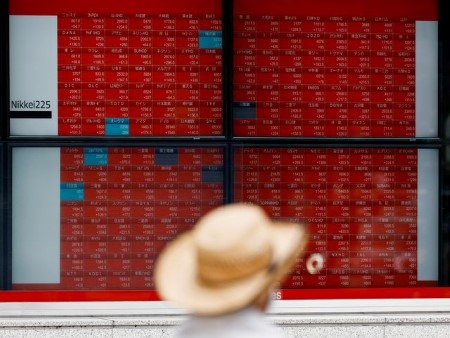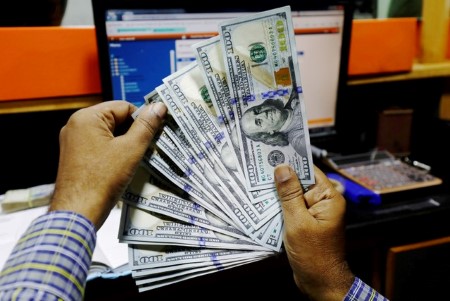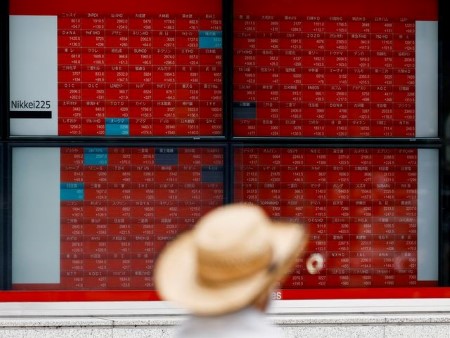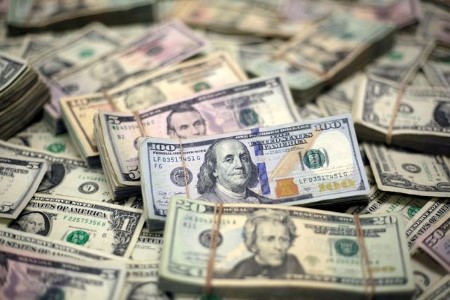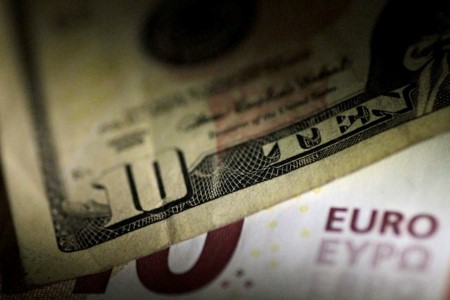All signs point to another solid day of gains across Asian markets on Tuesday, with investors’ appetite for risk whetted by a lower dollar, subdued volatility, and the S&P 500 and Nasdaq chalking up their longest winning streaks this year.
The major exception may be Japanese stocks, which could come under pressure again thanks to the yen’s rise against the dollar, although it should be noted that the dollar’s decline on Monday was broad-based and even steeper against other major and emerging currencies.
Chinese stocks crept higher for a third day on Monday, edging away from last Thursday’s six-month low, as investors turn their attention to the People’s Bank of China’s latest interest rate decision on Tuesday.
Asia’s calendar on Tuesday also includes minutes of the Reserve Bank of Australia’s last policy meeting, New Zealand trade data, Hong Kong inflation, and export and current account figures from Taiwan.
Although China’s economy may be crying out for more stimulus, the PBOC is expected to eschew a repeat of July’s surprise rate cuts and keep borrowing costs on hold.
In a Reuters survey of 37 market watchers, all respondents expected both the one-year and five-year loan prime rates to be left on hold at 3.35% and 3.85%, respectively.
China surprised markets by cutting major short- and long-term interest rates in July, its first such broad move in almost a year, signaling policymakers’ intent to strengthen economic growth.
But shrinking interest margins at lenders remain the key constraint discouraging commercial banks from further lowering the lending benchmarks, market watchers said, and policymakers are also wary that lower interest rates may weaken the yuan further and spur capital outflows.
China’s bond market continues to signal lower policy rates ahead. The 10-year yield closed on Monday at 2.16%, near the 2.10% low from Aug. 5, which is the lowest since comparable records began nearly a quarter of a century ago.
The mood in Asia beyond China, however, is much brighter.
Stocks are poised to continue their rebound from the Aug. 5 slump and post their ninth daily gain in the 11 sessions since. The S&P 500 and Nasdaq on Monday both chalked up their eighth consecutive rise, marking their best runs this year.
US Treasury yields did ease slightly on Monday, but the feel-good factor for investors in Asia will have been boosted more by the dollar’s broad depreciation.
The dollar index, a measure of the dollar’s value against a basket of major currencies, fell to its lowest since Jan. 2, which helped lift MSCI’s international emerging market currency index 0.8% to a record high.
It was the EM currency index’s biggest rise this year, and Asian currencies like the Korean won, Malaysian ringgit and Thai baht led the charge.
Here are key developments that could provide more direction to Asian markets on Tuesday:
– China interest rate decision
– RBA minutes
– Taiwan exports (July)
(Reporting by Jamie McGeever)







 DOWNLOAD
DOWNLOAD




